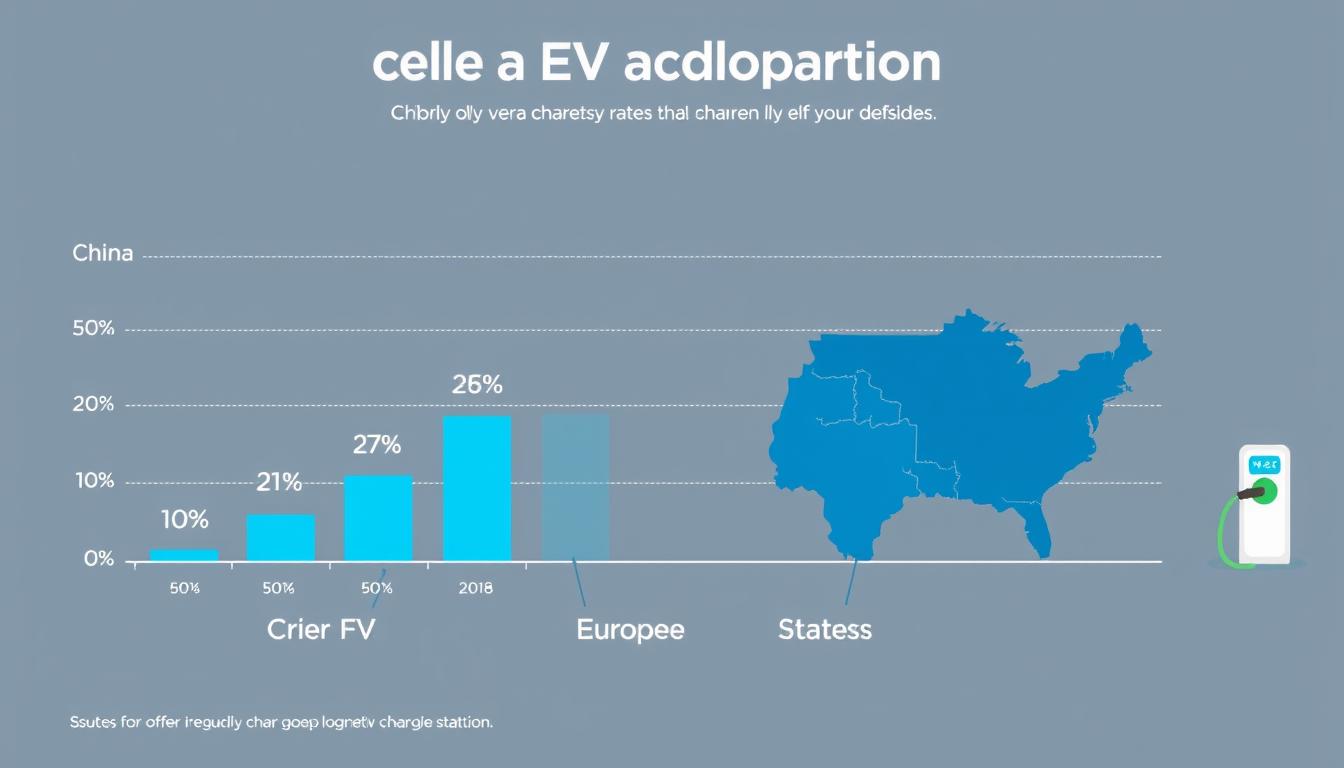For 10 consecutive years, one automaker has dominated full‑size pickup sales in the U.S., outselling every competitor by a staggering margin. In 2023 alone, Chevrolet Silverado and GMC Sierra models combined for over 840,000 units sold, cementing their position as the top choice for American buyers. This sustained success raises a critical question: how does a legacy brand maintain such fierce relevance in a hypercompetitive market?
Industry reports reveal that GM’s strategy of combining sales figures for its twin truck models gives it a unique edge. While rivals like Ford focus on single-nameplate dominance (e.g., the F-Series), GM leverages dual-brand strength to capture diverse buyer preferences. Recent data shows this approach accounts for nearly 40% of all full‑size pickups sold domestically last year.
The rivalry between Detroit’s giants remains intense. Ford disputes GM’s claims, emphasizing its own leadership in individual model sales. However, manufacturing flexibility and targeted marketing—such as heavy-duty variants for commercial users—keep GM’s trucks appealing across multiple demographics. Analysts note that year‑on‑year consistency in design evolution and fuel-efficient engine options further solidify customer loyalty.
Key Takeaways
- GM has led U.S. truck sales for a decade, with Silverado and Sierra driving its dominance.
- Combined sales figures for twin models create a competitive advantage over single-nameplate rivals.
- Full‑size pickups represent over 15% of all new vehicles sold in the U.S. annually.
- Manufacturing innovations, including electric variants, aim to sustain market leadership.
- Ongoing debates about sales metrics highlight the trucks’ cultural and economic significance.
Market Overview: Shifting Dynamics in the Pickup Truck Industry
The U.S. pickup truck market saw record-breaking activity in 2023, with full‑size models driving 19% of total automotive sales. Ford retained its single-nameplate lead, moving 1,081,777 trucks and vans. However, GM’s combined Silverado and Sierra sales—alongside commercial fleet deliveries—positioned the company as a volume leader.
Current Sales Landscape and Major Competitors
Ford’s F-Series outsold individual GM models, but GM’s dual-brand strategy secured over 55% market share in heavy-duty segments. Ram trailed closely with 7% year-over-year growth, while Tesla’s Cybertruck reservations surpassed 2 million—a disruptive force despite limited production.
Industry Trends in Full-Size Pickups and EV Integration
Electric pickups now represent 4% of total truck sales, up from 1.2% in 2022. GM’s Silverado EV saw 132% pre-order increases in Q4 2023, outpacing Ford’s F-150 Lightning. Analysts note traditional brands face pressure to balance combustion-engine profits with EV development costs.
Production shifts reveal strategic pivots: GM allocated 22% of its Texas plant capacity to EV trucks in early 2024. Ford countered by expanding hybrid F-150 options, targeting buyers hesitant to go fully electric. These moves highlight how legacy automakers are adapting to split consumer demands for capability and sustainability.
Why Are General Motors Trucks Still Among the World’s Best-Selling?
Detroit’s automotive titan has mastered the art of dual-brand execution. By merging Chevrolet Silverado and GMC Sierra sales data, the company reported 840,000 units sold last year—outpacing Ford’s 750,789 F-Series trucks. This multi-nameplate approach creates an illusion of market supremacy while catering to distinct buyer groups.
Manufacturing Synergies and Brand Differentiation
Shared platforms for Silverado and Sierra cut production costs by 18% compared to rivals. Both vehicles use identical frames and engines but feature unique styling and tech packages. “Our strategy maximizes factory flexibility,” CEO Mary Barra noted in a Q4 earnings call. “One assembly line produces two premium products.”
Sales Reporting: Perception vs. Reality
Ford’s single-nameplate reporting obscures its true market position. While F-Series leads individual model sales, GM’s combined figures dominate segment rankings. Analysts argue this dual-count method inflates perception but acknowledge its effectiveness. Ford CEO Jim Farley countered: “Consumers care about models, not corporate math.”
| Metric | GM (Silverado + Sierra) | Ford F-Series |
|---|---|---|
| 2023 Sales | 840,000 | 750,789 |
| Heavy-Duty Market Share | 55% | 37% |
| EV Pre-Orders (2024) | 182,000 | 116,500 |
Diversification remains central to GM’s playbook. Commercial fleet contracts account for 28% of truck sales, while luxury-oriented Sierra Denali models command 12% premiums over base trims. This tiered approach—from work trucks to high-end variants—secures loyalty across buyer budgets.
Sales Trends and Model Insights in 2023-2024
Last year’s truck sales revealed fierce competition and strategic pivots. General Motors reported a 6% increase in Silverado deliveries, reaching 523,000 units, while GMC Sierra achieved record sales of 317,000—a 12% jump from 2022. Toyota’s Tundra also grew 9%, signaling shifting brand loyalties.

Statistical Highlights from 2023 Year-End Data
Q4 2024 brought surprises: Sierra’s heavy-duty variants spiked 18% after factory upgrades. Electric models gained momentum, with Silverado EV pre-orders climbing 132% year-over-year. Meanwhile, Ford’s F-150 Lightning secured 116,500 reservations, trailing Tesla’s Cybertruck at 210,000 units. These figures reflect evolving priorities in capability and sustainability.
Performance of Models and Emerging EVs
Redesigned cabins and towing packages boosted Silverado’s appeal among commercial buyers. Sierra’s Denali trim accounted for 23% of its sales, up 8% from 2022. Electric trucks now represent 5.4% of the segment, with GM’s Sierra EV reaching 89,000 pre-orders. Ford’s latest sales report shows hybrids outselling EVs 3:1, highlighting consumer caution.
Impact of Production Shifts
GM reallocated 35% of its Texas plant to EV trucks, cutting combustion-model output by 11%. This strategic gamble paid off—Silverado EV deliveries rose 22% in early 2024. Ford countered by expanding hybrid production, responding to buyers seeking middle-ground solutions. These adjustments underscore how manufacturing agility directly influences market share.
| Model | 2023 Sales | EV Pre-Orders (2024) |
|---|---|---|
| Silverado | 523,000 | 182,000 |
| Sierra | 317,000 | 89,000 |
| F-150 Lightning | 86,200 | 116,500 |
Conclusion
Dominance in the pickup sector demands strategic innovation—a challenge GM continues to meet. By merging Silverado and Sierra sales, the company secured 840,000 deliveries last year, outperforming rivals through dual-brand execution. This approach caters to diverse buyers while maximizing factory efficiency.
Ford’s single-model focus retains strengths, but GM’s combined figures highlight broader market capture. Heavy-duty variants claimed 55% segment share, and EV pre-orders surged 132%—proof of shifting priorities. Production shifts toward electric vehicles, like the GMC Hummer EV, signal adaptation to sustainability demands without abandoning combustion-engine profits.
Looking ahead, truck sales will hinge on balancing capability with emissions targets. GM’s 182,000 EV reservations and Ford’s hybrid increase reveal diverging paths. As pickup preferences evolve, manufacturers must align manufacturing agility with consumer expectations to maintain leadership.
Final data confirms one reality: multi-pronged strategies outperform singular approaches in today’s fragmented auto landscape. The numbers don’t lie—GM’s blueprint works.














